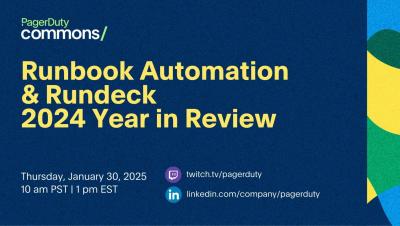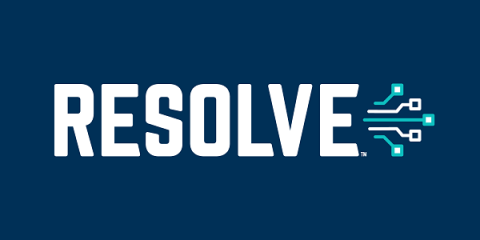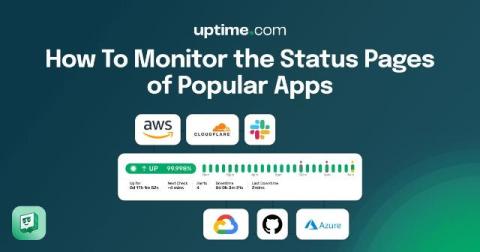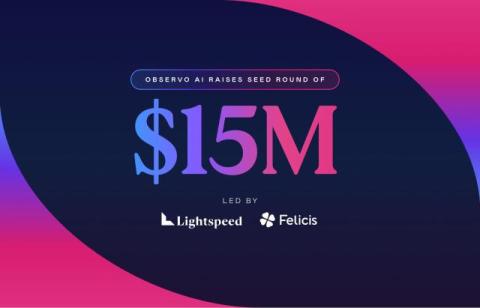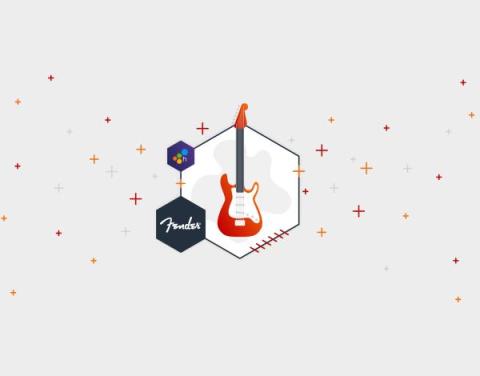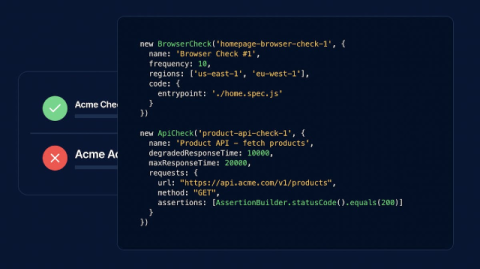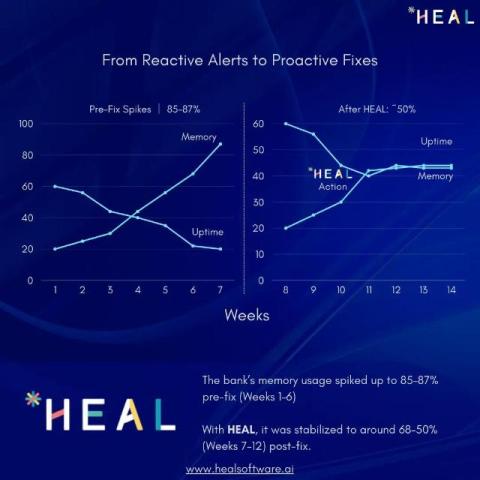PagerDuty Runbook Automation 2024 Year in Review
Special guest Jeff Hausman, PagerDuty’s Chief Product Development Officer kicks off our 2024 recap for PagerDuty Runbook Automation and Rundeck Open Source. Then Jake and Forrest take us through all of the amazing improvements and new features added to the product, including shout outs to the amazing folks contributing to the Open Source repos and a customer success story from Ryanair.


